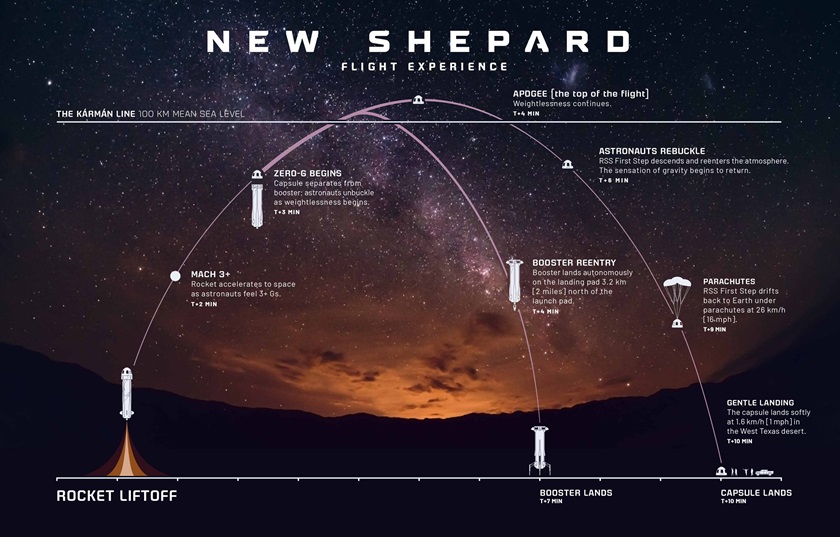Acclaimed CFI Wally Funk finally punching her ticket to space
‘I didn’t think that I’d ever get to go up’
More than 60 years after longtime flight instructor and aspiring astronaut Wally Funk joined a group of women who submitted to a battery of medical tests designed to assess their fitness for space, the 82-year-old will realize a lifelong mission when she joins Jeff Bezos and two others aboard Blue Origin’s New Shepard when it rockets from the Earth on July 20.
“No one has waited longer,” Bezos posted on Instagram, arm-in-arm with Funk, during a surprise announcement that private space company Blue Origin released on the company’s website July 1.
The Woman in Space Program became known unofficially as the “Mercury 13.” It was a short-lived, privately funded project in the early 1960s conceived to assess the medical fitness of women for spaceflight. At that time, scientists speculated women might make good occupants for cramped space vehicles because “on the average, women are smaller and lighter than men,” NASA noted in a historical document.
By the end of the summer of 1961, 19 women pilots had taken astronaut fitness examinations at a clinic run by Dr. William Randolph Lovelace in Albuquerque, New Mexico. Funk, then a 21-year-old flight instructor, was the youngest of a group that also included groundbreaking female aviators Geraldyn “Jerrie” Cobb, a ferry pilot, and Jacqueline Cochran, an air racer.
Funk and her contemporaries proved they were fit for the unknown rigors of space travel by taking—and passing—numerous exams that tested their psychological and physiological fitness.
A vertigo experiment shot ice water into their ears to measure recovery; circulation was assessed with a tilt table device; stomach acid was measured by having them swallow a rubber tube; and respiration was determined by pedaling a stationary bicycle that “pushed the women to exhaustion,” the NASA report noted. Funk, Cobb, and fellow contender Rhea Hurrle had further proved they were fit during psychological evaluations and an isolation tank test.
During the program “they asked me, ‘Do you want to be an astronaut?’ and I said, ’Yes,’” Funk recalled during an Instagram video. “They told me that I had done better and completed the work faster than any of the guys.” However, the program was abruptly terminated, leaving the women in limbo. “I got ahold of NASA four times; I said, ‘I want to become an astronaut’ but nobody would take me.”
Funk and other of her contemporary female aviation pioneers lobbied the U.S. government for many years to send women to space. More than two decades later, in 1983, Sally Ride became the first U.S. female astronaut aboard the space shuttle mission STS-7.
Funk said in the video that she’s been flying “forever” and has accumulated 19,600 flying hours. During a lengthy flight instruction career, she taught “over 3,000 people to fly—private, commercial, instrument, flight engineer, airline transport, gliding—everything the FAA has, I’ve got the license” for it.
She will surpass a mark set by John Glenn as the oldest person to experience space travel. The first American to orbit Earth was 77 when he participated in the STS-95 mission in 1998.
Funk said that she hasn’t “ever” let things get in her way, even when people told her that she was a girl and “can’t do that. I said, ‘Guess what? Doesn’t matter what you are. You can still do it if you want to do it.’”
Funk had previously pledged to be aboard Virgin Galactic’s SpaceShipTwo before Bezos offered her an earlier flight.
“I can’t tell people that are watching [the video] how fabulous I feel to have been picked by Blue Origin to go on this trip,” Funk said as she marked a wall calendar with her date into space, 52 years after Apollo 11 landed on the moon. “I didn’t think that I’d ever get to go up.”





